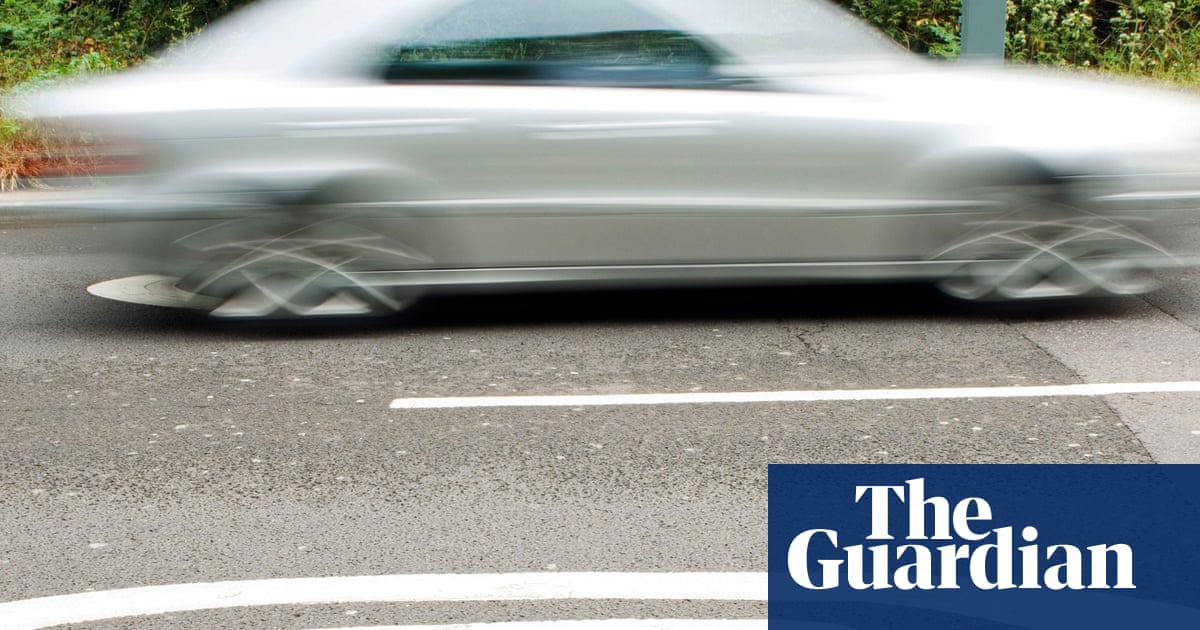All new cars must have the devices from 7 July, adding fuel economy as well as safety. Will mpg become the new mph?
In the highway code and the law courts, there is no doubt what those big numbers in red circles mean. As a quick trip up any urban street or motorway with no enforcement cameras makes clear though, many drivers still regard speed signs as an aspiration rather than a limit.
Technology that will be required across Europe from this weekend may change that culture, because from 7 July all new cars sold in the EU and in Northern Ireland must have a range of technical safety features fitted as standard. The most notable of these is intelligent speed assistance – or colloquially, a speed limiter.
The rest of the UK is theoretically free, as ministers once liked to put it, to make the most of its post-Brexit freedoms, but the integrated nature of car manufacturing means new vehicles here will also be telling their drivers to take their foot off the accelerator. Combining satnav maps with a forward camera to read the road signs, they will automatically sound an alarm if driven too fast for the zone they are in.



…If–and this is a big “if” in very rural areas–the ambulance has someone on it that can legally administer drugs, and the ambulance isn’t on the other side of the county dealing with another medical emergency at the same time. (In my state, you need to be a paramedic to administer drugs; there are different classes of EMTs in my state, and most of them are not paramedics. There’s a severe shortage of paramedics, largely due to the god-awful pay, and so not all ambulances will have a paramedic on them at all times.)
This was literally a best-case scenario: a doctor that had medications on-hand and could administer them, and able to get to the hospital faster than an ambulance could get to their home in the first place. And he still came very close to needing to be intubated.
Everyone can administer a epipen… And if you’re going to play “IF”…
The ambulance could also have been two houses down and there in 3 minutes. Or the more likely IF, the driver of the car, could have wrecked injuring them and likely killing the patient, or even worse injured another car’s passengers…
Great now explain how this works in every other type of medical emergency because for some reason only ambulances and EMTs are capable of driving fast safely.
That’s significantly less likely than the ambulance being either at the hospital or being farther away than the hospital. Let’s say that 33% of the time the ambulance is at the hospital, 33% of the time it’s farther away, and 33% of the time it’s closer. That means that 66% of the time it’s going to take you less time to get to the hospital on your own than it would to wait for an ambulance.
…And that’s only one specific type of medical emergency. What about uncontrolled bleeding? You want a real world example? Look at Kentucky Ballistics; he had a gun explode, and a piece of shrapnel went into his neck. If he had waited for an ambulance, he would have bled out before he made it to the hospital, and he was only about ten minutes away.
And that’s just one example of a medical emergency. A simple Epi-pen isn’t going to save you when you’re having a stroke, heart attack, or bleeding internally.